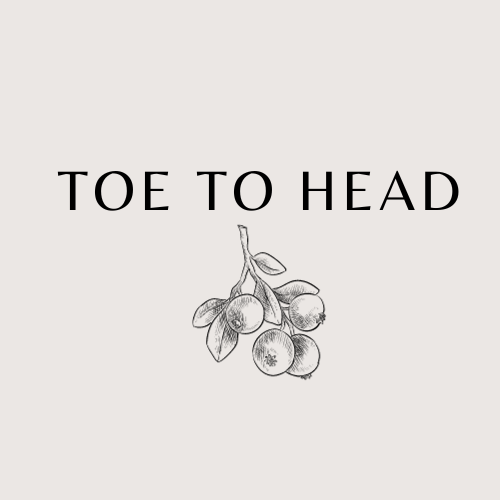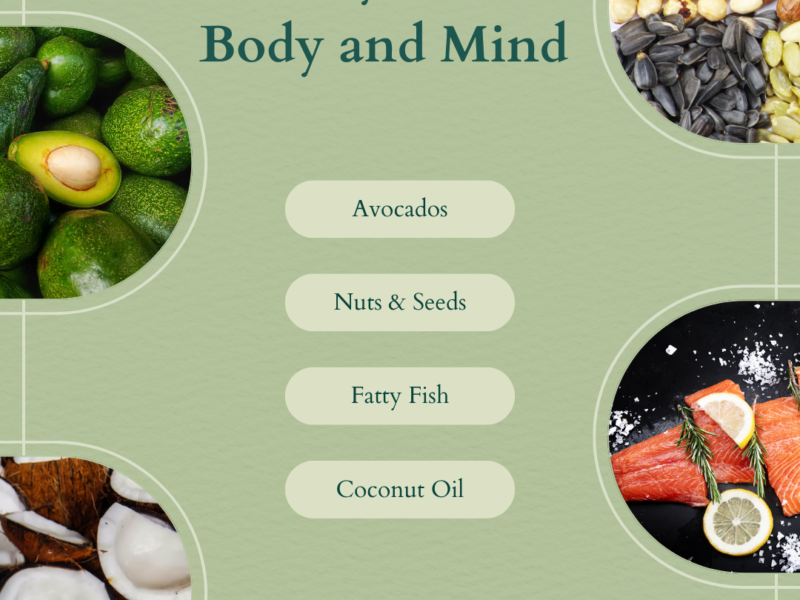In today’s health-conscious society, fats have often received a bad reputation. Many people associate fats with weight gain and unhealthy eating habits. However, it’s important to understand that not all fats are created equal. In fact, there are healthy fats that are beneficial for our bodies and unhealthy fats that should be limited or avoided. In this blog post, we will dive into the world of fats, exploring the difference between healthy fats and unhealthy fats, and why it’s crucial to make informed choices when it comes to our dietary fat intake. So let’s get started!
The Basics: What Are Fats?
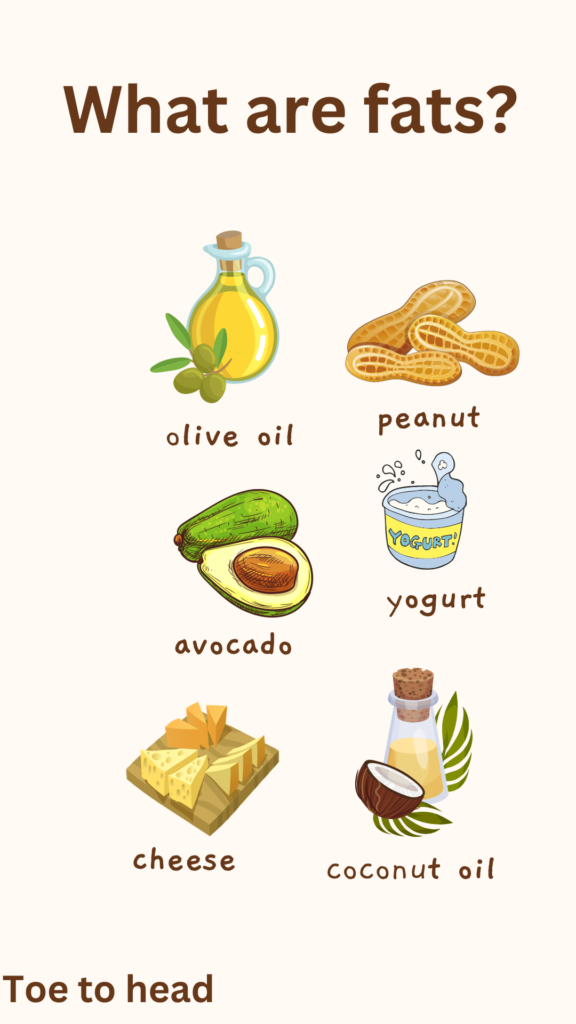
Fats, also known as lipids, are a type of nutrient that provide energy, help absorb certain vitamins, and support various bodily functions. They consist of chains of carbon atoms bonded to hydrogen atoms and may be categorized into saturated fats, unsaturated fats, and trans fats.
Saturated Fats: The Unhealthy Culprits

Saturated fats are commonly found in animal products such as meat, dairy, and eggs, as well as in some plant-based oils like coconut oil and palm oil. These fats have a higher melting point and tend to be solid at room temperature. They are often regarded as the “unhealthy” fats due to their association with an increased risk of heart disease.
Research suggests that diets high in saturated fats can raise cholesterol levels, specifically low-density lipoprotein (LDL) cholesterol. LDL cholesterol is known as the “bad” cholesterol as it can build up in the arteries, leading to blockages and potentially raising the risk of heart-related issues. It’s important to limit the intake of saturated fats and replace them with healthier alternatives.
Unsaturated Fats: The Heart-Healthy Heroes
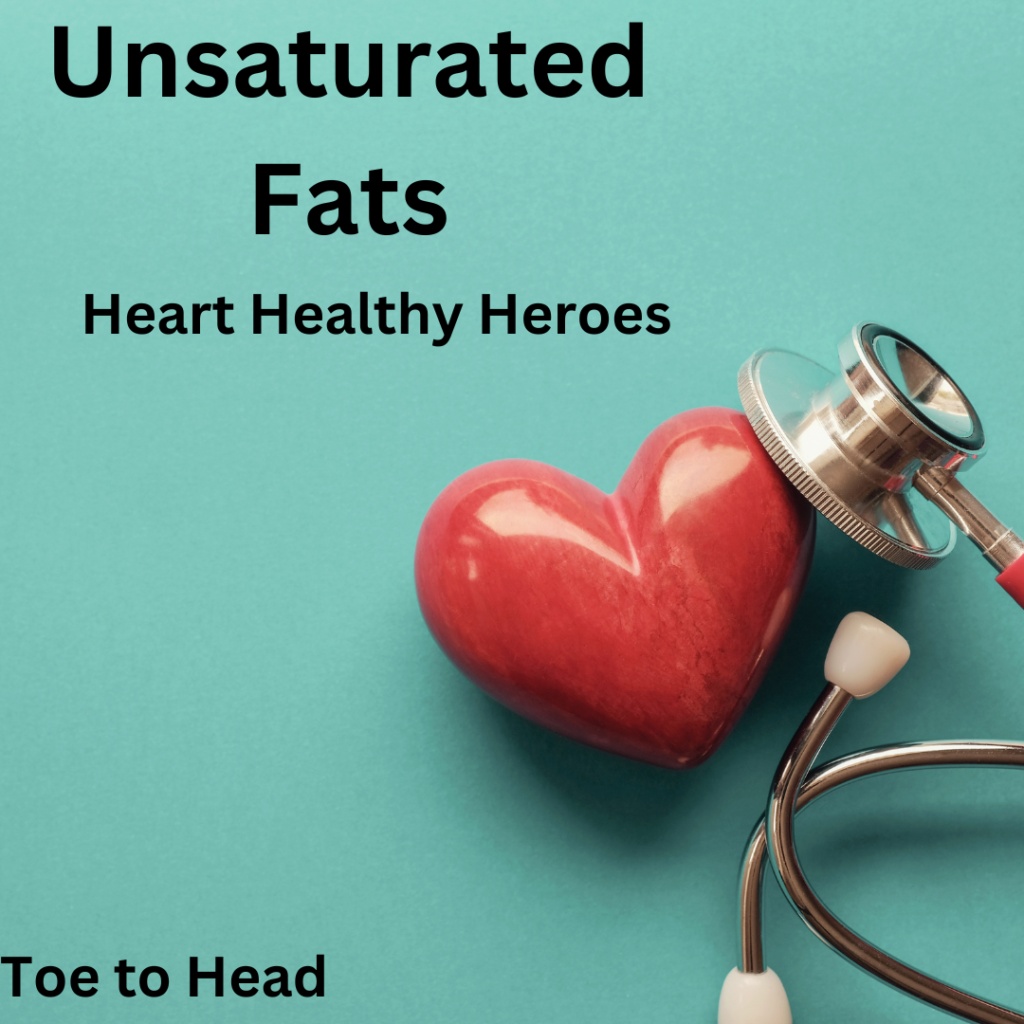
Unsaturated fats, on the other hand, are considered the healthier option when it comes to dietary fats. They have a lower melting point and are often liquid at room temperature. Unsaturated fats can be further categorized into two types: monounsaturated fats and polyunsaturated fats.
Monounsaturated Fats: Promoting Cardiovascular Health
Monounsaturated fats are found in various foods such as avocados, nuts, seeds, and olive oil. These fats have been linked to reducing the risk of heart disease by improving blood cholesterol levels. They can help lower LDL cholesterol while also increasing high-density lipoprotein (HDL) cholesterol, known as the “good” cholesterol. HDL cholesterol helps remove LDL cholesterol from the bloodstream, reducing the risk of arterial blockages.
Including foods rich in monounsaturated fats in a well-balanced diet can contribute to maintaining a healthy heart. So next time you’re grabbing a snack, consider reaching for a handful of almonds instead of a bag of chips!
Polyunsaturated Fats: Essential for Overall Well-being
Polyunsaturated fats are essential fats that our bodies need but cannot produce on their own. They are found in fatty fish like salmon, mackerel, and sardines, as well as in walnuts, flaxseeds, and soybean oil. The two primary types of polyunsaturated fats are omega-3 fatty acids and omega-6 fatty acids.
Omega-3 Fatty Acids: The Brain and Heart Boosters
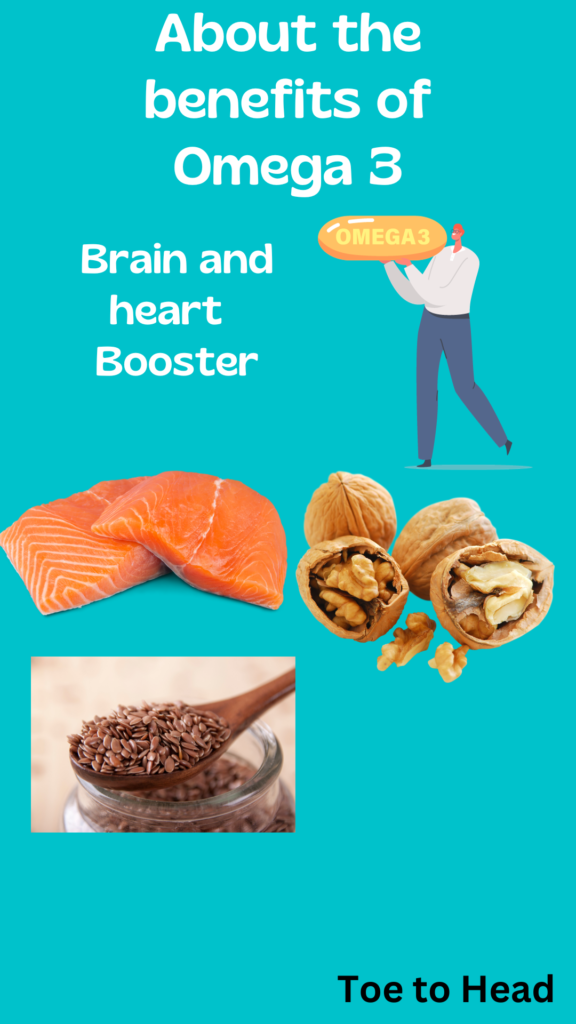
Omega-3 fatty acids are renowned for their numerous health benefits. They have been shown to support brain health, reduce inflammation, and promote cardiovascular well-being. Fish, particularly fatty fish like salmon, trout, and tuna, are excellent sources of omega-3 fatty acids.
If you’re not a fan of fish or follow a vegetarian or vegan diet, there are plant-based sources of omega-3 fatty acids too. Flaxseeds, chia seeds, and walnuts are great options that can help meet your body’s omega-3 needs.
Omega-6 Fatty Acids: Supporting Hormones and Immunity
Omega-6 fatty acids, although often overshadowed by omega-3s, are still essential for our overall health. These fats play a role in supporting hormonal balance and aiding in the proper functioning of our immune system. Sources of omega-6 fatty acids include vegetable oils like sunflower oil, corn oil, and soybean oil.
While omega-6 fatty acids are necessary, it’s important to maintain a balance between omega-3s and omega-6s in the diet. The modern Western diet tends to have an excess of omega-6 fatty acids due to the widespread consumption of processed and fast foods. Strive for a healthy balance by opting for whole, unprocessed foods whenever possible.
Trans Fats: The True Villains
Trans fats are the true villains of the fat world and should be avoided at all costs. They are artificially created through a process called hydrogenation, where hydrogen is added to vegetable oils to make them more solid and stable. Trans fats can be found in many processed and fried foods, including certain margarines, baked goods, and snack foods.
These fats have been strongly linked to an increased risk of heart disease, as they not only raise LDL cholesterol but also lower HDL cholesterol levels. The World Health Organization (WHO) has urged countries to ban trans fats from the food supply by 2023, recognizing their detrimental effects on public health.
When reading labels, be on the lookout for “partially hydrogenated oils” or “hydrogenated oils” as they indicate the presence of trans fats. It’s crucial to read ingredient lists and choose products that do not contain these harmful fats.
Making Healthy Fat Choices: Tips and Tricks
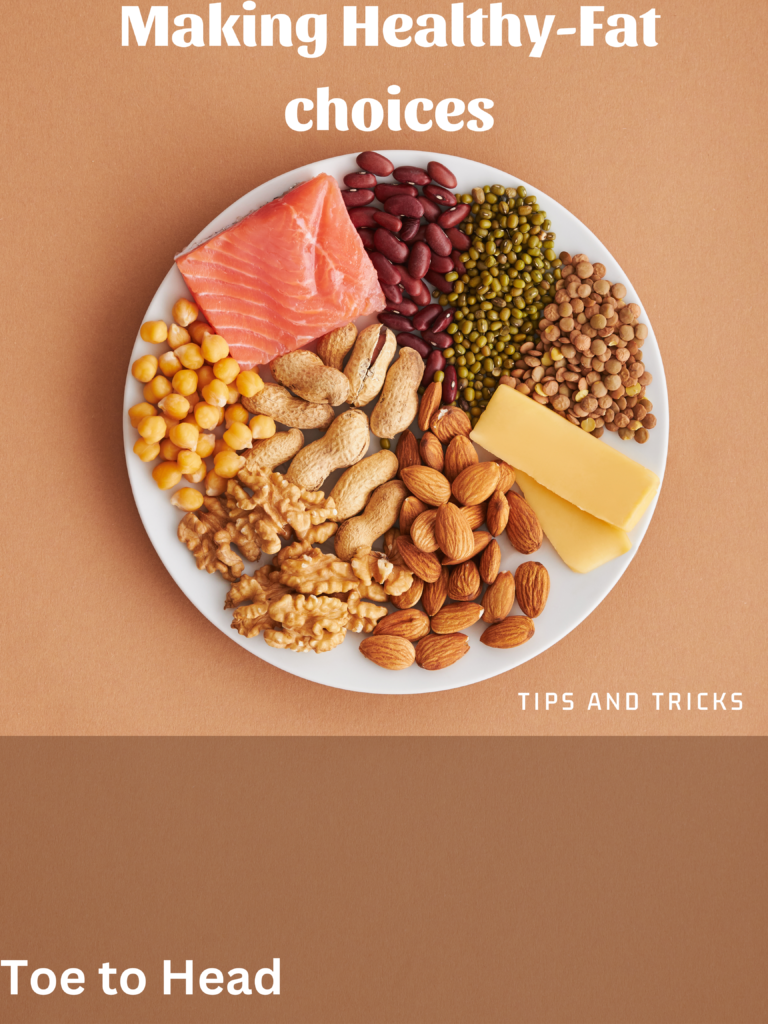
Now that we have a grasp of the different types of fats, let’s explore some tips and tricks for incorporating healthy fats into our daily diets while reducing unhealthy fat intake.
- Focus on Whole Foods: Choose whole foods rather than processed options that often contain unhealthy fats. Fresh fruits, vegetables, lean proteins, and whole grains can serve as the foundation for a nutritious diet.
- Cook with Healthy Oils: opt for oils high in monounsaturated or polyunsaturated fats such as olive oil, avocado oil, or canola oil for cooking and salad dressings. These oils are much healthier options compared to solid fats like butter or lard.
- Enjoy Fatty Fish: Incorporate fatty fish into your diet at least twice a week. Salmon, mackerel, and sardines are not only excellent sources of omega-3 fatty acids but also provide high-quality protein.
- Snack on Nuts and Seeds: Instead of reaching for processed snacks, choose a handful of nuts or seeds as a nutritious snack. Almonds, walnuts, chia seeds, and flaxseeds are all packed with healthy fats and provide a satisfying crunch.
- Read Food Labels: Be conscious of the foods you consume and read the nutrition labels carefully. Look for products labeled as “low in saturated fat” or “trans fat-free.” Pay attention to serving sizes to ensure you’re getting an accurate representation of the fat content.
- Moderation is Key: While healthy fats provide various benefits, it’s important to remember that they are calorie-dense. Be mindful of portion sizes and don’t overindulge. A balanced and varied diet is the key to a healthy lifestyle.
In Conclusion:
Understanding the difference between healthy fats and unhealthy fats is crucial for making informed choices about the foods we consume. While saturated and trans fats have been associated with negative health effects, unsaturated fats, such as monounsaturated and polyunsaturated fats, offer numerous benefits for our overall well-being.
By incorporating healthy fats into our diets from sources such as avocados, nuts, seeds, and fatty fish, we can support heart health, brain function, and immune system function. It’s equally important to limit or avoid unhealthy fats found in processed and fried foods, as they can increase the risk of heart disease and other health issues.
Remember, a well-balanced diet that includes healthy fats, along with other essential nutrients, is the foundation for a healthy lifestyle. So next time you reach for food, make a conscious effort to choose healthy fats that promote your well-being and leave those unhealthy fats on the shelf. Your body will thank you!
